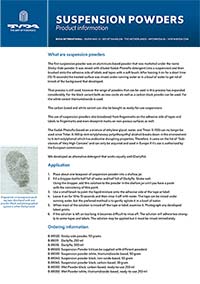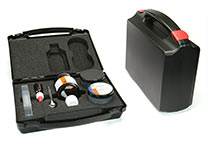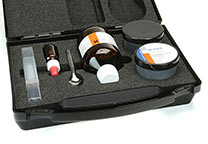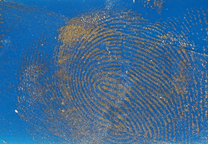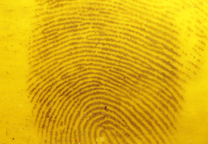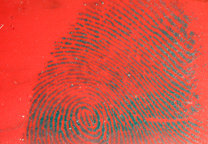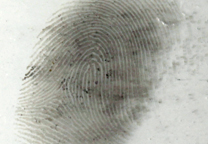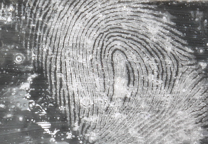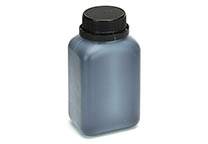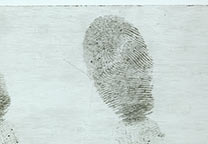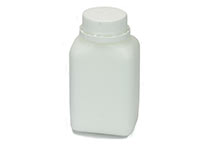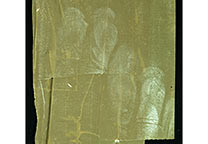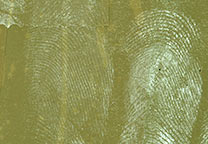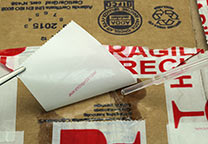Product #
Description
#
Add
B-89320
Suspension Powder Silver/Grey, 50 gram
B-89311
Dactyflo, 250 ml (detergent for suspension powders)
B-89316
Dactyflo, 500 ml (detergent for suspension powders)
B-89300
Suspension powder silver/grey kit
| 1x | 50 gram of suspension powder silver/grey |
| 1x | 250 ml Dactyflo |
| 1x | brush |
| 1x | scoop |
| 1x | dropper bottle |
| 1x | mixing container |
| 1x | plastic case with foam interior |
| |
|
| |
Dimensions (l x w x h): 28 x 10 x 24 cm |
| |
Weight: 1.15 kg |






